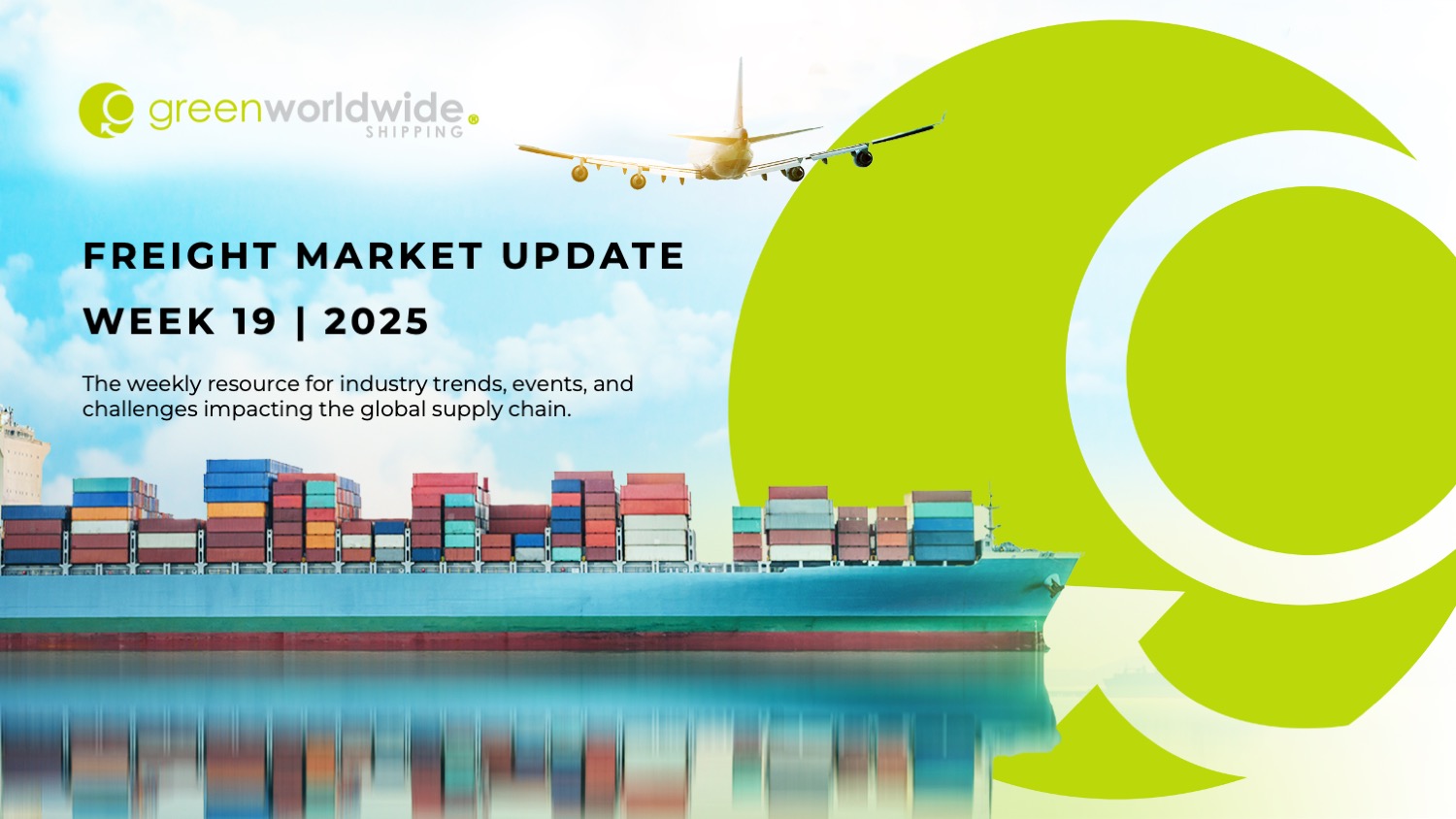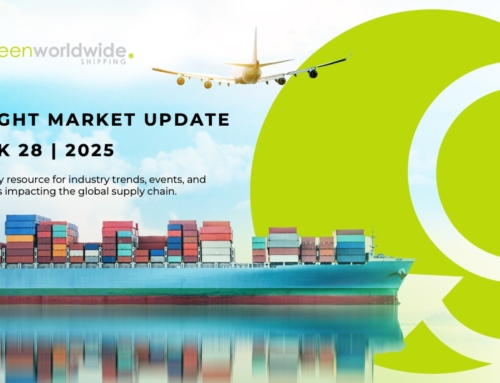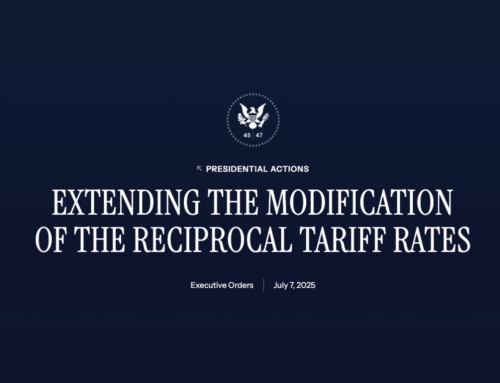Week 19 finds global trade shifts shaping cargo operations. A new U.S.–UK trade framework expands U.S. export opportunities across key sectors, Northern Europe’s ports remain active amid growing backlogs, South Asia sees routing adjustments following new India–Pakistan trade directives, and Newark’s runway work prompts schedule adjustments.
NEW U.S.–UK TRADE FRAMEWORK EXPANDS MARKET ACCESS FOR STRATEGIC SECTORS
Announced on May 8, 2025, the new U.S.–UK trade commitment marks a major shift in transatlantic trade relations. The framework expands market access for over $5 billion in U.S. exports, including agriculture, aerospace, and pharmaceuticals. It addresses reciprocal tariffs on vehicle imports, outlines future adjustments to steel and aluminum duties, and introduces streamlined customs and procurement procedures. Implementation details will continue to develop in the months ahead as both governments align on regulatory and compliance priorities.
NORTHERN EUROPE’S PORTS CONTEND WITH ONGOING CONGESTION
Port congestion remains a factor across Northern Europe’s container hubs, including Antwerp, Rotterdam, Hamburg, and London Gateway. Containerized imports have steadily increased since January, creating pressure on inland transport and terminal operations. While yard utilization is elevated and dwell times are trending upward, logistics teams are actively managing throughput by adjusting routing strategies and timing. Current conditions may extend into mid-year, though infrastructure workarounds and real-time adjustments continue to support freight movement.
INDIA AND PAKISTAN TRADE RESTRICTIONS: IMPACT ON SOUTH ASIA FREIGHT CONNECTIVITY
New trade directives from India and Pakistan are affecting containerized shipments in the South Asia region. Both governments have imposed restrictions not only on direct cargo movement between the two nations but also on third-country shipments transiting through or destined for either country.
India–Pakistan trade restrictions include:
India
- All Pakistan-origin containers, including empty units, in-transit (ROB), transshipment, and import cargo are now banned
- Vessels carrying Pakistan-origin cargo that departed before the restriction are not permitted to berth at Indian ports until such cargo is discharged elsewhere
- Vessels carrying cargo from other origins bound for Pakistan may still berth
Pakistan
- Prohibited the import or transit of Indian-origin goods, including those moved via third countries and across all modes (sea, land, air)
- Also restricted are exports to India transiting through Pakistani territory
Carriers are actively adjusting operations in response to the new restrictions. Industry-wide efforts include rerouting affected shipments, evaluating alternative transshipment strategies, and reviewing long-term network adjustments to reduce disruption. While some transit delays are possible, most carriers are working to minimize impact.
NEWARK RUNWAY CONSTRUCTION IMPACTS AIR TRAFFIC & CARGO
Runway 4L-22R at Newark Liberty International Airport is undergoing planned improvements with construction activity scheduled through mid-June 2025. While the project supports long-term capacity and safety upgrades, the temporary changes have prompted adjustments to commercial flight schedules. Freight operations may experience intermittent delays during peak hours, particularly where runway availability overlaps with high-volume passenger traffic. The NY/NJ Port Authority and FAA continue to coordinate mitigation strategies, including strategic airspace management and scheduling transparency to minimize disruptions.
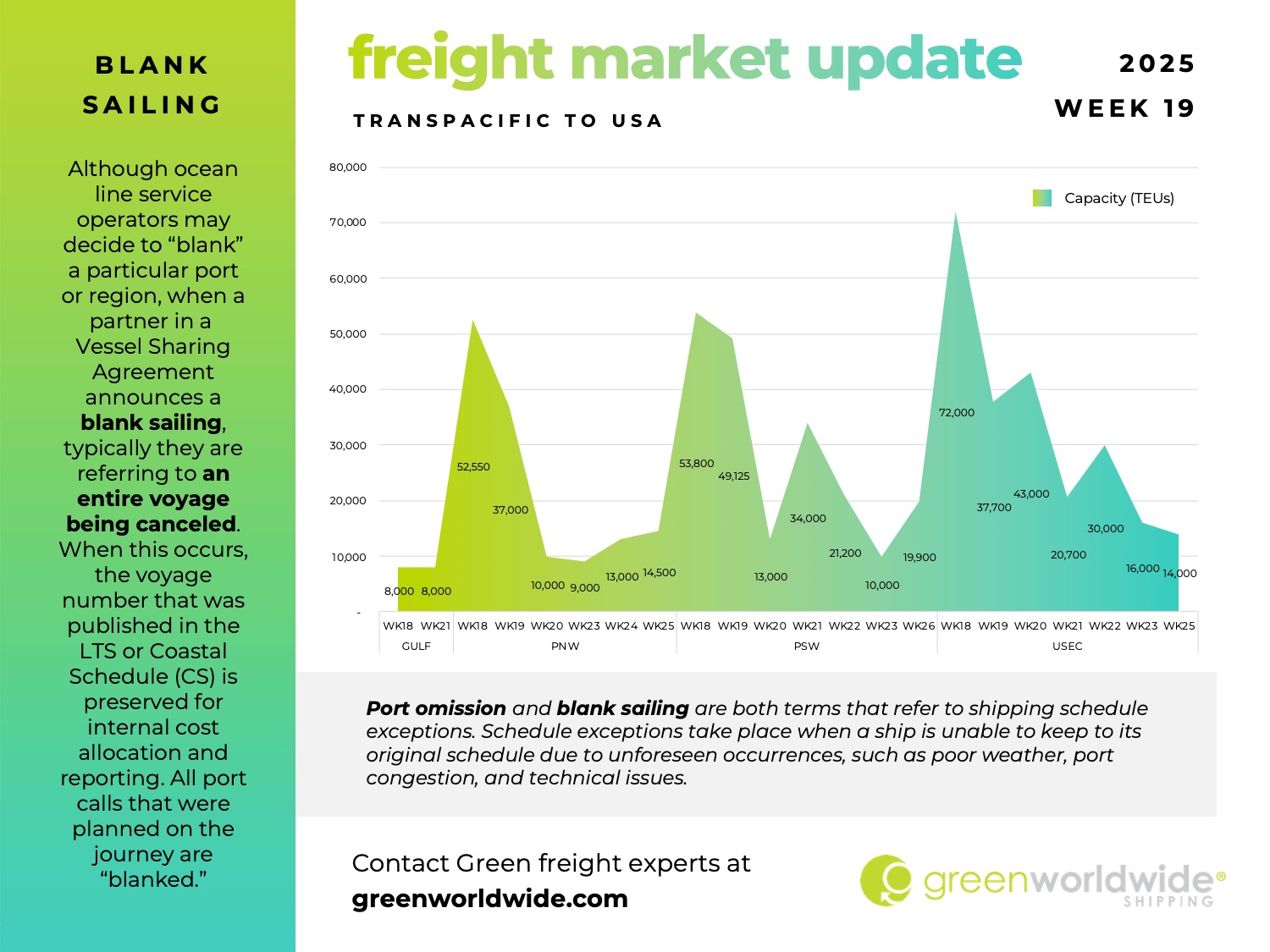
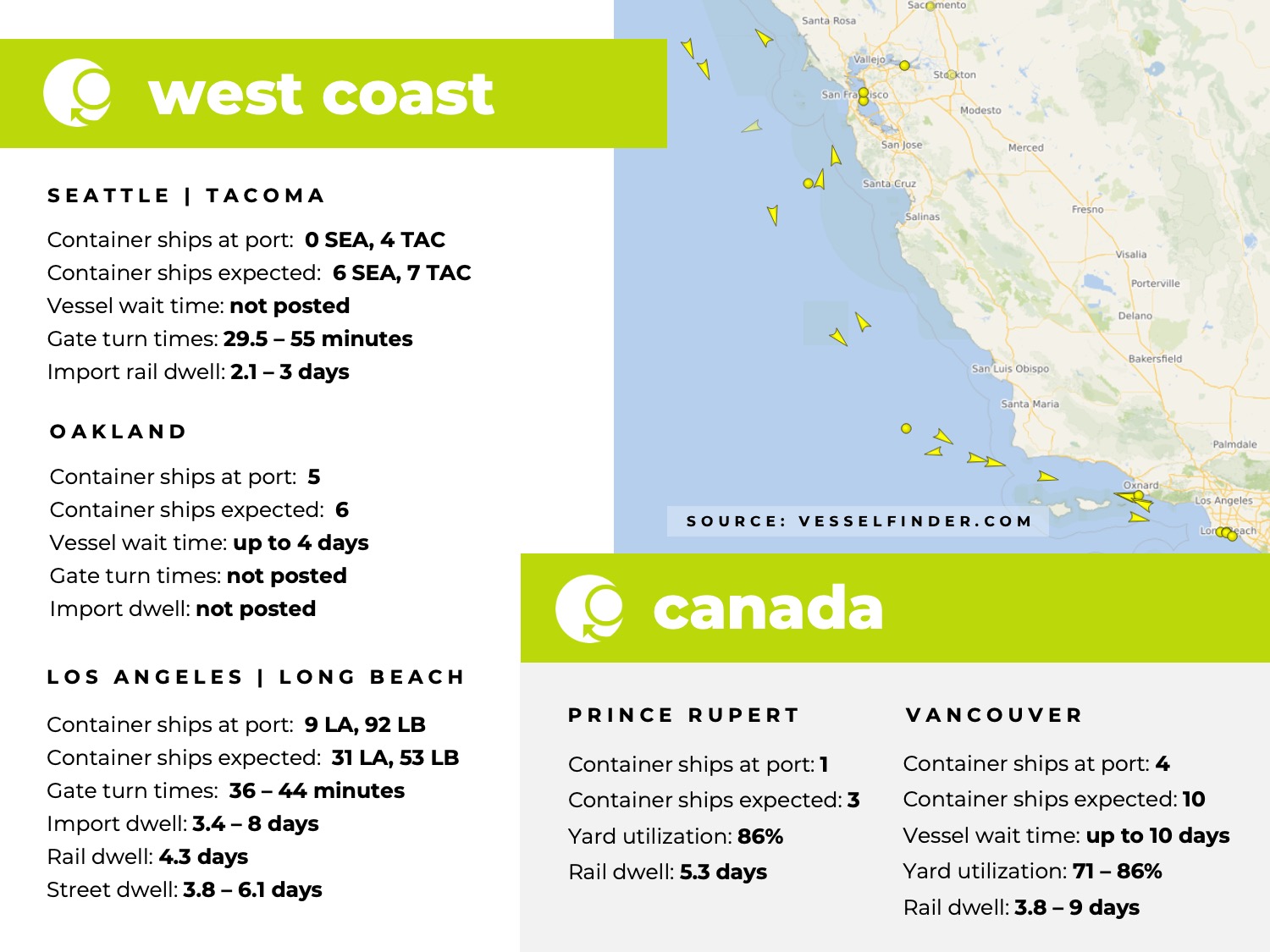
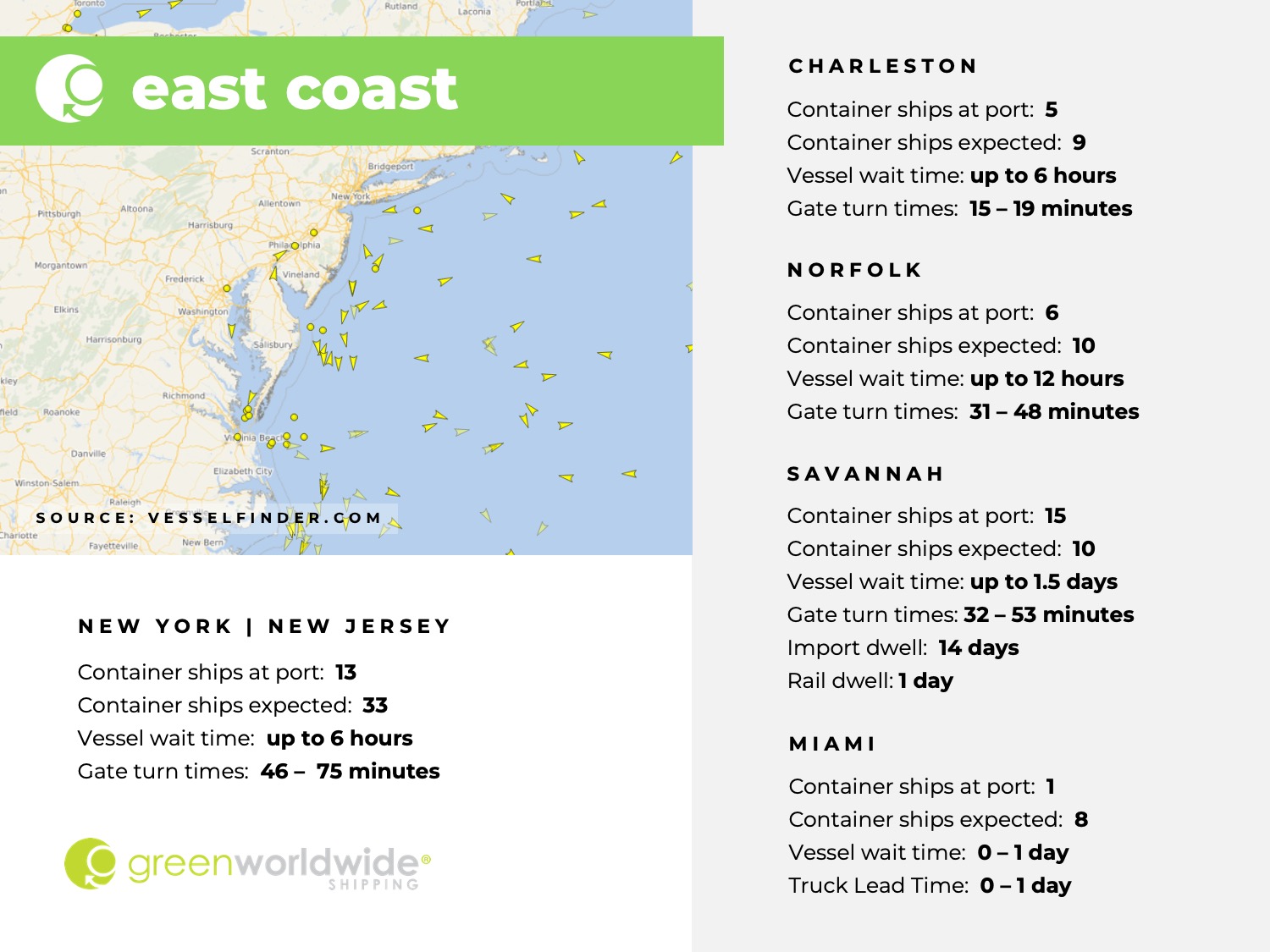

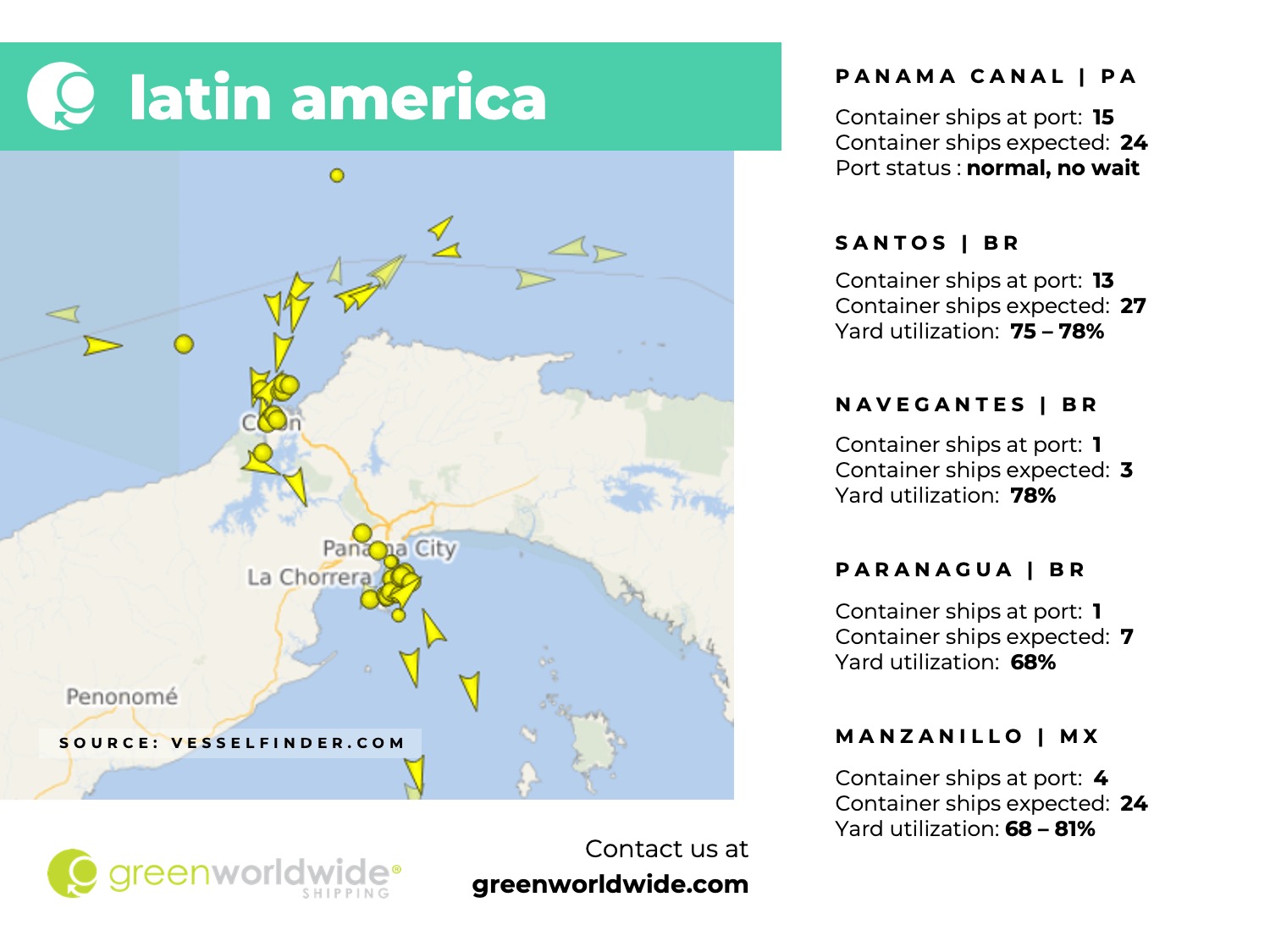
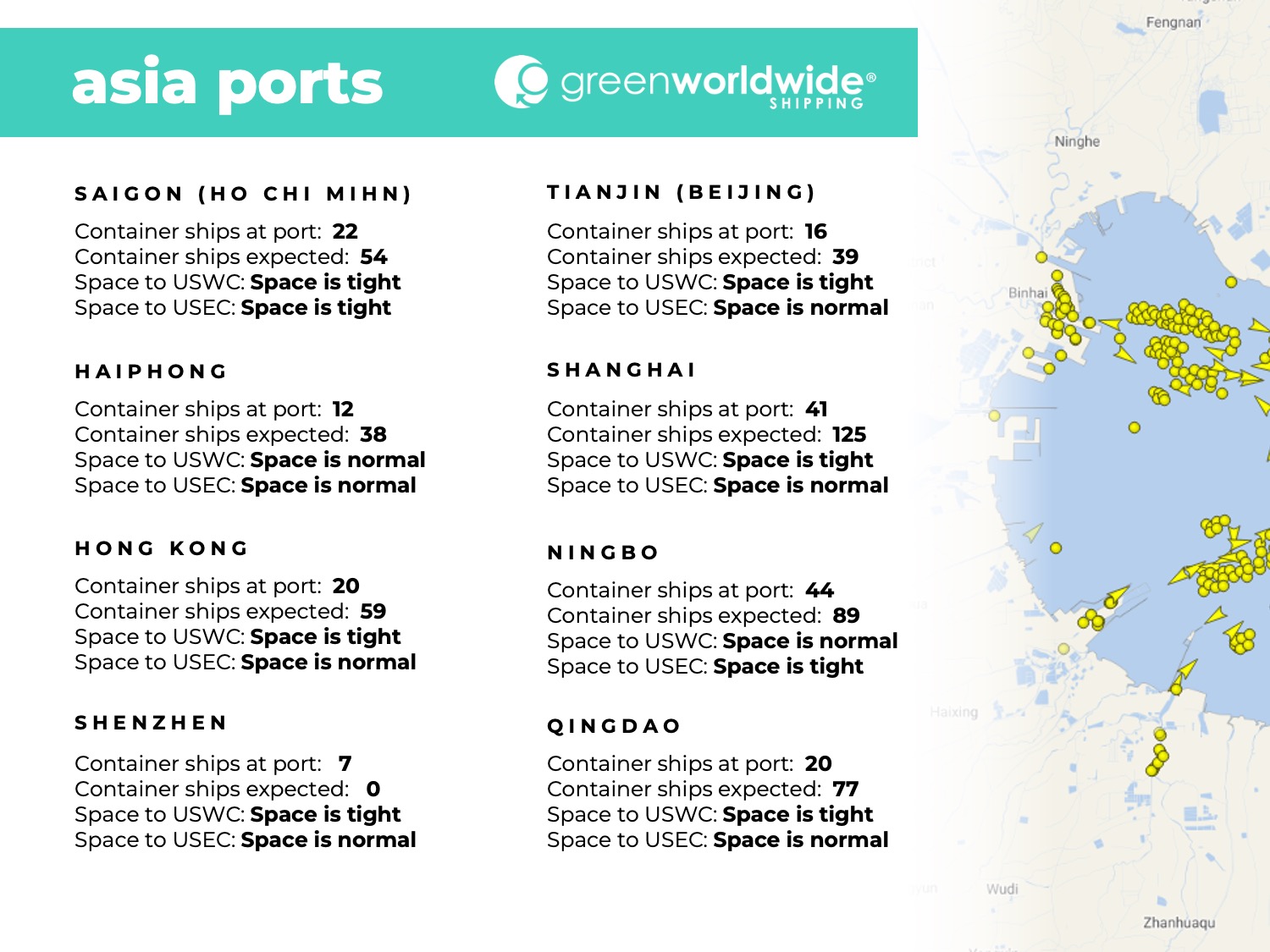
Stay up-to-date on freight news with Green’s Weekly Freight Market Update by following us on LinkedIn. For continuous updates, make sure to check out our website at greenworldwide.com.

